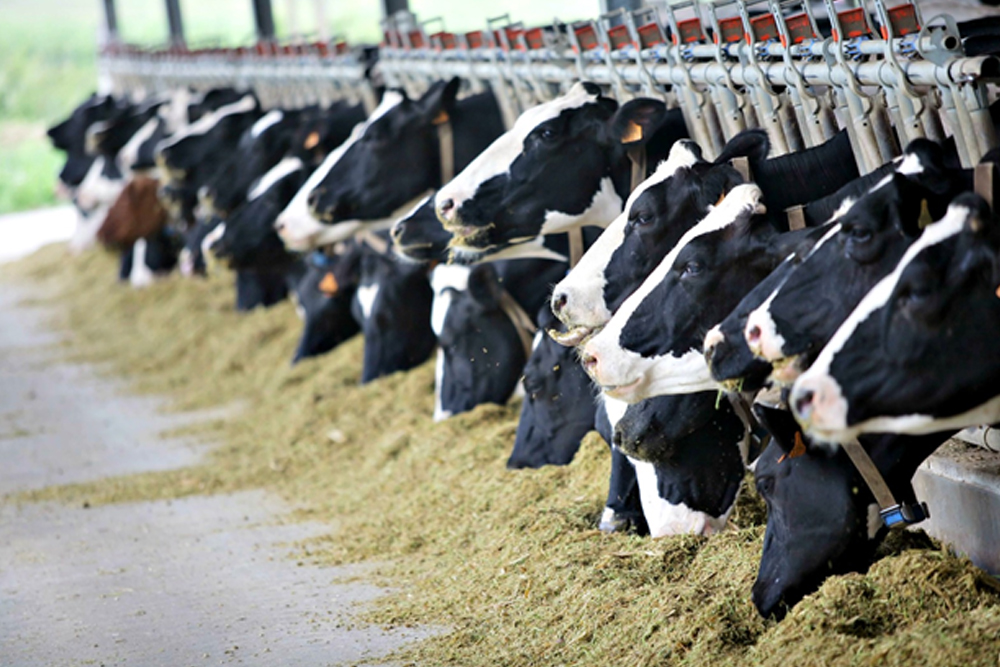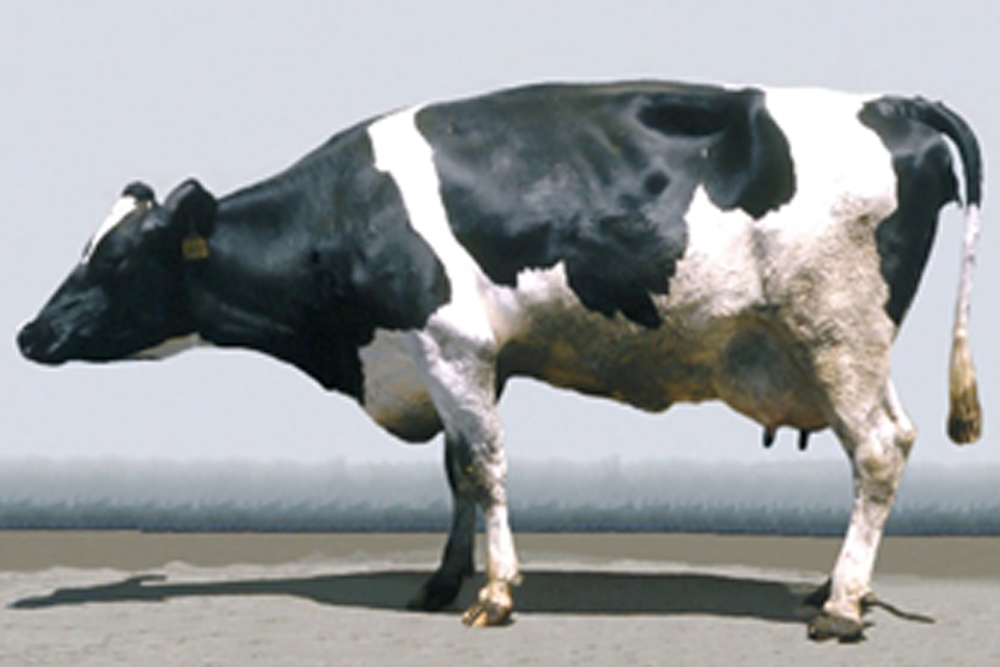RELATIONSHIP BETWEEN NUTRITION AND LAMENESS IN DAIRY ANIMALS

There is a relationship between high concentrate diets; and solar ulcers and digital dermatitis. Research has shown that there were greater chances of dermatitis when cows were fed on a high concentrate diet than when fed on a low concentrate diet. Where the length of time after calving to maximum dietary concentrate amount was less than 2 weeks there were increased chances of dermatitis compared to where maximum levels were reached at between 2-3 weeks post calving.
Excessive intake of energy, especially in the form of starch, has been associated with increased lameness particularly laminitis, solar ulcer and white line disease. Excessive starch in the diet is

In a study, low dry matter fermented diet based on silage or a high dry matter unfermented diet based on straw leads to lameness. Sole lesions were worst in the low DM group. Another study showed that dairy heifers fed hay or silage had worse solar

Reducing the Risk by Nutritional Improvements

